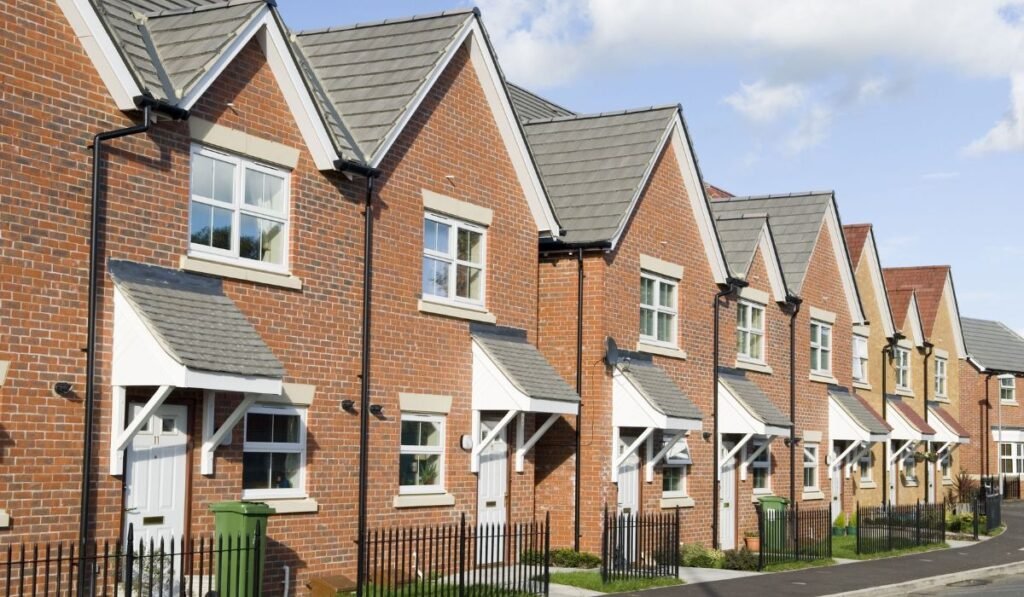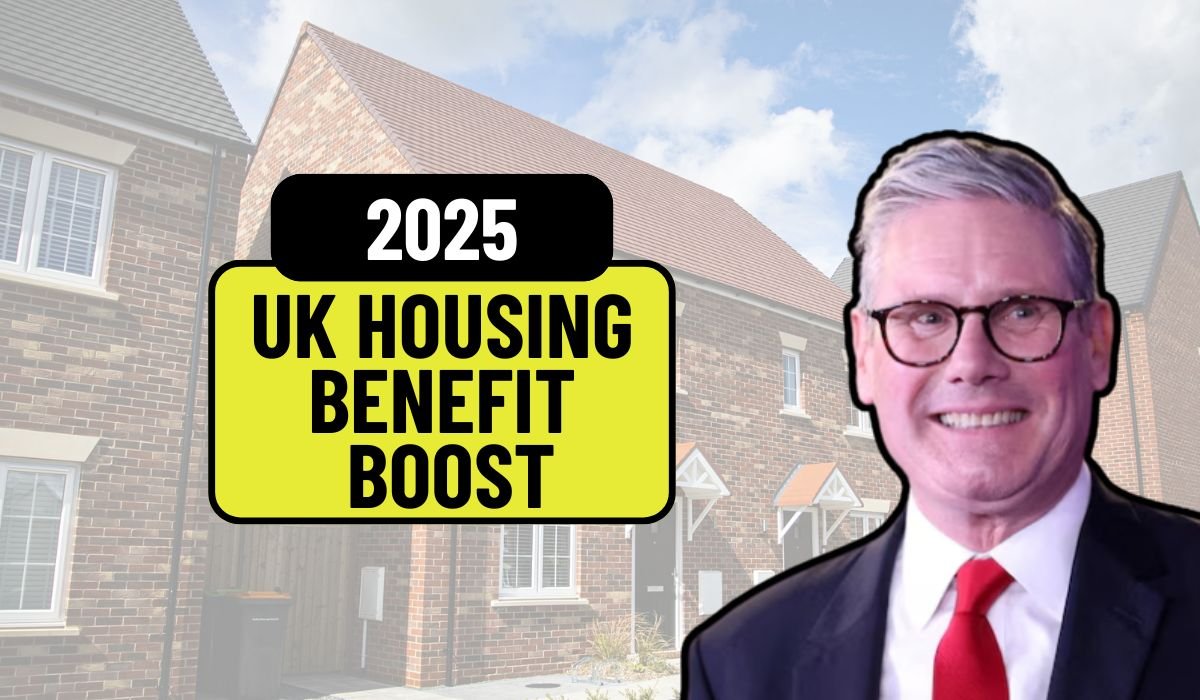Starting in June 2025, the UK government has implemented one of the most significant changes to housing assistance in recent years. The Department for Work and Pensions (DWP) has revamped the traditional Housing Benefit system, now integrated more closely with Universal Credit under a refreshed structure called the Local Housing Allowance (LHA). This reform specifically benefits private renters, offering updated support based on actual market trends rather than outdated estimates. Under the new system, LHA caps have been raised dramatically in several regions, including a notable increase in London’s monthly maximum, now approaching £1,400.
Who Qualifies for the Updated Housing Benefit Scheme?
The eligibility criteria for the new housing support system have also expanded significantly. To qualify, individuals must be renting privately or living in supported housing while having a low income and either be claiming Housing Benefit directly or receiving the housing element of Universal Credit. Additionally, total savings must fall below £16,000, unless you’re covered by Pension Credit. Importantly, claimants must also meet the habitual residence test and have the legal right to reside in the UK. This ensures that only those genuinely settled in the country can benefit from the support. But what sets this update apart is the broadening of access to several previously excluded groups. For the first time, young adults aged 18 to 25, single parents, and those living with disabilities will automatically qualify, reflecting a more inclusive and needs-based approach.
How Much Extra Can You Expect to Receive?
The updated LHA rates mean many claimants will receive substantially more housing support. In London, for instance, monthly caps have risen from around £1,250 to nearly £1,400, while cities like Manchester and Birmingham now offer up to £900 and £850 per month, respectively. Even smaller towns and rural areas are seeing increases of up to 20%, as the government aims to align benefit levels more closely with rising housing costs across the UK. These changes are expected to provide hundreds of pounds in extra support each year for many families, helping to reduce the growing gap between rent prices and benefit awards that has long plagued the system. While the figures vary by region, the overall trend is clear more realistic support that reflects current rental demands.
What About Existing Claimants Do You Need to Reapply?

If you’re already receiving support under Universal Credit, you won’t need to do anything. The system will automatically reassess your housing element using the new LHA caps starting mid-June 2025. Existing Housing Benefit recipients not yet on Universal Credit will also see automatic payment adjustments, with increases expected to appear after reassessment takes place in June. This automation means no lengthy forms, reapplications, or delays for most recipients. However, it’s crucial to check your Universal Credit online account or Housing Benefit statement to ensure the updates are being applied correctly. Missing out could mean losing hundreds of pounds in aid you’re rightfully entitled to.
Still Not Enough? Here’s What You Can Do
Despite the updates, the cost of renting in some parts of the UK still outpaces the increased benefit levels. In high-demand areas, renters can face shortfalls of over £3,000 a year, especially in cities where the LHA freeze from 2020-2023 caused a significant lag in support. If your benefit doesn’t fully cover your rent, you’re not alone and there are still options available.
You may qualify for a Discretionary Housing Payment (DHP), which provides one-time grants averaging around £600, though some can be much higher depending on need. Your local authority also offers budgeting advice, financial counseling, and can help guide you through the appeals process if your award appears unfairly low. Using online tools like Turn2Us or EntitledTo can also provide a clearer picture of what support you should be receiving.
Why This Update Matters More Than Ever
The June 2025 Housing Benefit update is the most meaningful reform since 2020, aiming to close the widening gap between stagnant benefits and real rental costs. The move toward data-driven support acknowledges that housing affordability is one of the biggest challenges facing low-income households in the UK today. Still, with the LHA freeze extended until 2026, this temporary lift might not be enough for everyone. Ultimately, while many will see a noticeable increase in their housing support, millions may continue to struggle unless further adjustments are made. This change is a step in the right direction, but vigilance, awareness, and continued advocacy will be key in ensuring that no one is left behind.

